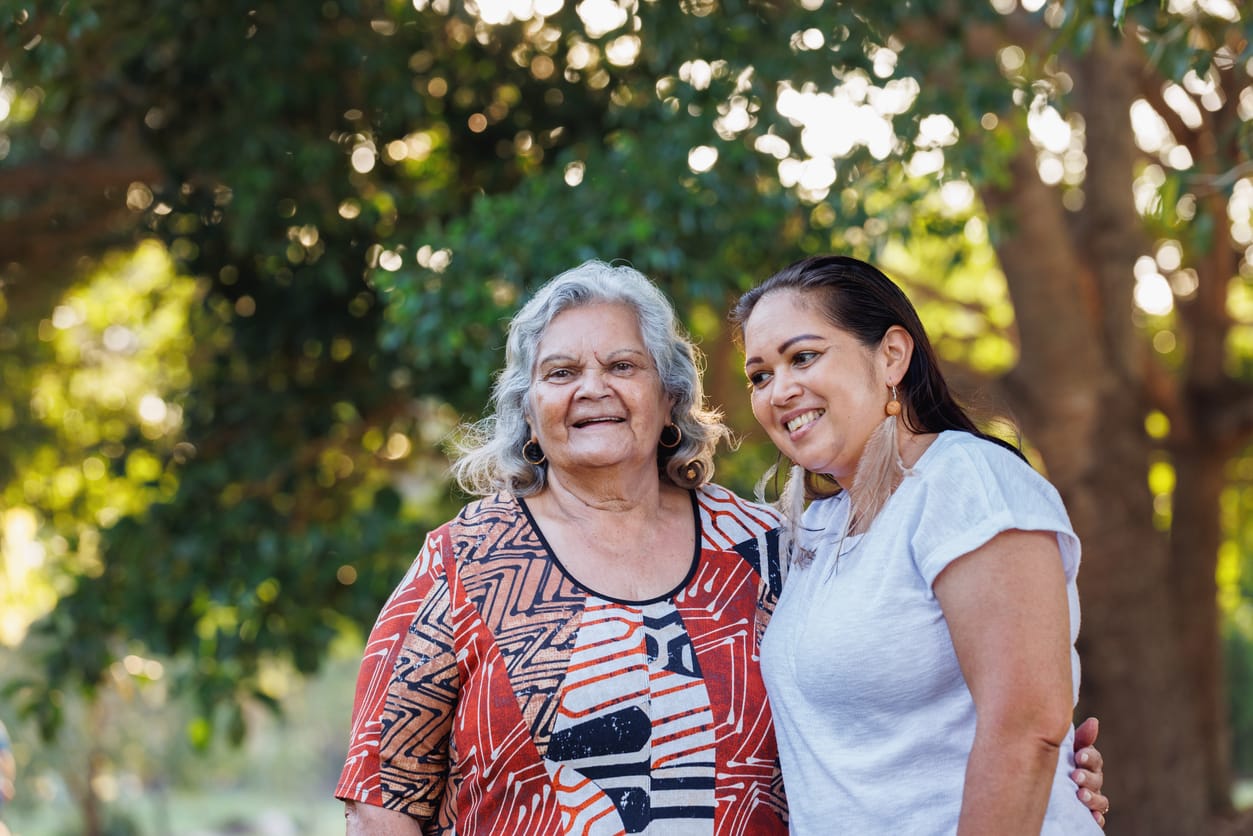
Understanding Downsizer Contributions to Super
The Australian Federal Government introduced the Seniors Downsizing Contributions in 2018 with various updates on the rules since then. The goal of the downsizing contributions to super was for older Australians to sell their larger homes, freeing up money to fund themselves in retirement. Not only addressing the housing shortages but providing retirees with financial security and stability, to enjoy a more comfortable lifestyle.
Financial stability in retirement
Having a financial plan for your retirement is important to provide you with financial stability to enjoy the things you want to do and to be prepared for any unforeseen circumstances.
Downsizer’s benefits
Downsizing is an effective strategy if you’re approaching retirement or are already retired, especially if you are selling your property anyway. It involves selling an asset, like a bigger house to move some of your money into a ‘concessionally taxed environment’. In other words, an environment with lower taxes. This may help increase available income so you can enjoy a more fulfilling lifestyle. Plus, if your super is in an account-based pension, it’s tax-free on a balance of up to $1.9 Million (depending on when your pension commenced), so you aren’t taxed on investment earnings or pension payments.
For example, if you are moving from Sydney to Port Macquarie to enjoy the beautiful beaches and easy-going lifestyle, you can free up more funds to enjoy that lifestyle, rather than having the money tied up in an asset that you have to maintain and that no longer serves you.
Other strategies are also worth considering that may be more suitable to your circumstances and future needs. Make sure you check in with a Financial Planner before you make any firm decisions.
Your guide to downsizing contribution rules
- You must be over the age of 55 to access this scheme. There are no upper age limits and you don’t need to be working.
- If you’re single, you can make a personal superannuation contribution of up to $300,000 from the proceeds of the sale of a house that you have owned for over 10 years, and you need to have lived in it at some point. For a couple, you can contribute up to $600,000 (combined). Note that the property doesn’t have to be owned by both of you to make a combined contribution of $600,000.
- If the proceeds from the sale of the property are less than $300,000, then you will only be able to contribute that amount to the superannuation and you can’t top it up from any other sources to make it $300,000.
- An investment property that neither you nor your partner has lived in, is not eligible for this scheme. Neither is a houseboat, caravan, or mobile home.
- You can only use downsizer from the sale of one dwelling and this is a one-time application only.
- Contributions can be over and above any other voluntary contributions that you make under the current contribution rules and concessional and non-concessional caps.
- You must contribute within 90 days of the settlement date – this is important to note because if you don’t meet that deadline, you will not be able to participate in this scheme.
- There are no restrictions on your super balance when making a downsizer contribution.
- All proceeds made from the sale of your home will be assessable for Centrelink purposes, whether the funds are contributed to your super or not. So be careful and make sure you get financial advice before you take advantage of this scheme.
This article has been written in partnership with local expert, Suzie Barnaby, Financial Planner and Partner of Morgans Financial Limited -Port Macquarie.
Whilst this article contains some general information in relation to downsizer contributions, you should consult with a licenced financial adviser or accountant in relation to meeting the eligibility criteria and the steps involved.
